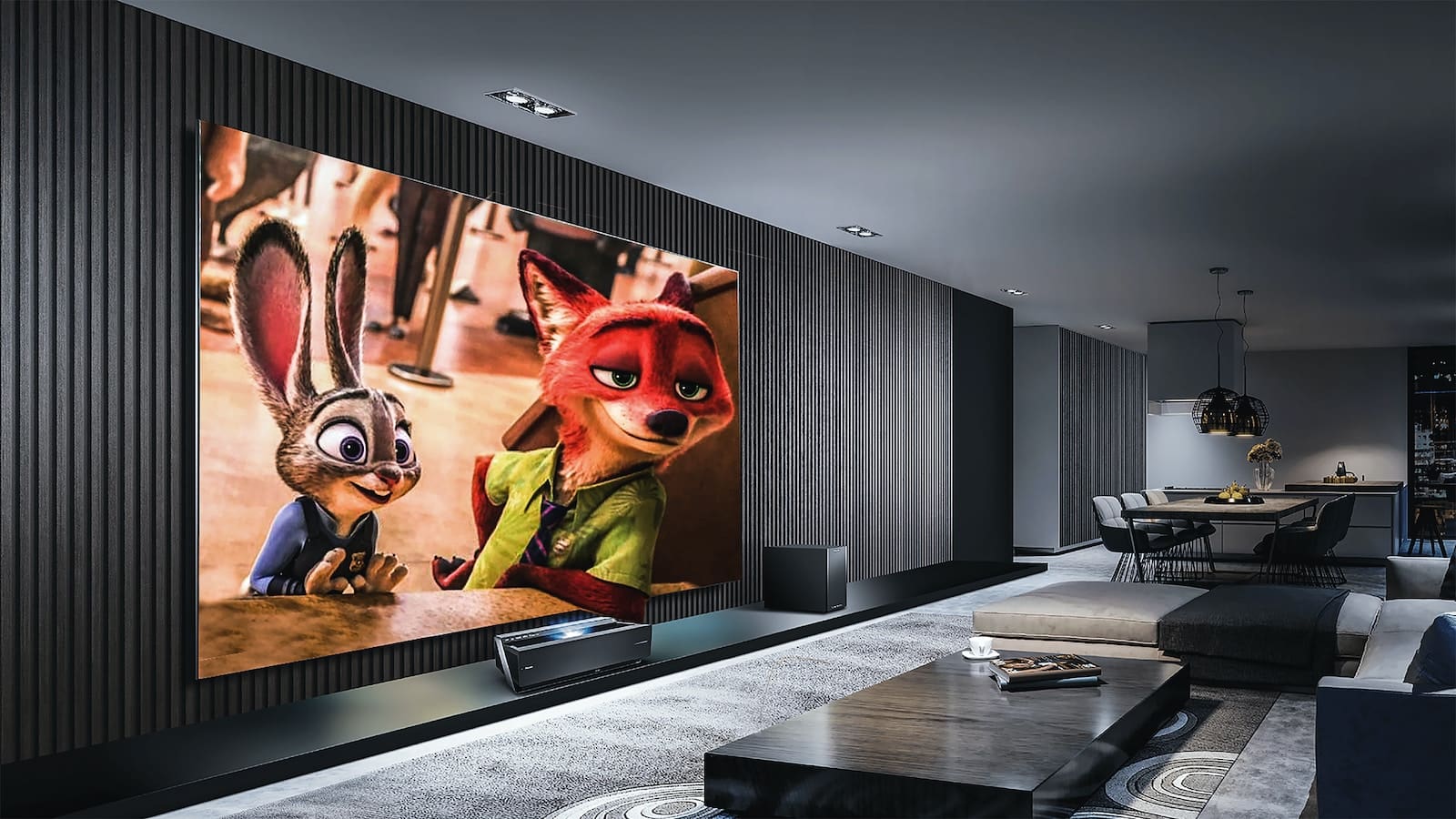Before going to the television display. We need to understand some terms, frequency, and refresh rate. Hertz is represented by Hz which means per second.
Hertz is the unit of frequency. Refresh rate is the count that the display is being changed in a period per second. We will be having a refresh rate for every piece of electric equipment with the display. For example monitors, smartphones, etc.,
Key Takeaways
- 120Hz LED TVs provide smoother motion than 60Hz LED TVs, reducing motion blur.
- 60Hz LED TVs consume less power than 120Hz LED TVs.
- 120Hz LED TVs are more expensive than 60Hz LED TVs due to advanced technology.
60Hz vs 120Hz LED TVs
A refresh rate of 60Hz means that the screen refreshes 60 times per second, while a refresh rate of 120Hz means that the screen refreshes 120 times per second. 120Hz LED TVs may also include other features, such as motion interpolation, which creates additional frames to reduce motion blur.

60Hz is the standard refresh rate which is used long back. 60hz is an older refresh rate. 60Hz refresh rate means television display refreshes 60 times in a second.
We get these refresh rates from our LCD TVs themselves. LED TVs also offer displays with a 60Hz refresh rate. Most of the televisions in today’s world have a standard 60Hz display panel.
Switching to a 120Hz refresh rate, the display of the television changes or refreshes the image on the screen 120 times per second.
These kinds of displays are best for video games and streaming content. We feel more immersive with these kinds of displays. The motion of the video is smoother and we even feel the fluid motion of the frame change.
Comparison Table
| Parameters of Comparison | 60Hz LED TVs | 120Hz LED TVs |
|---|---|---|
| Definition | A television with a 60Hz display changes the image 60 times per second. | A television with a 60Hz display changes the image 120 times per second. |
| Uses | Casual watching purpose. | For gaming and streaming. |
| Eyestrain | Comfortable. But continuous watching may be a bit strain for the eyes. | It is less strain for the eyes, as the motion of display is 120 times which is smoother to the eyes. |
| Power consumption | Comparatively low | Comparatively high. |
| FPS | It is 24-60 frames per second rate. | It is 60-90 frames per second rate. |
What are 60Hz LED TVs?
We have a wide range of televisions with plenty of features. Here we concentrate on the display of the television. A display with a 60Hz refresh rate will produce a picture with 60 images change per second.
How does this refresh rate affect the display? This enhances the picture quality and viewing experience. A 60Hz refresh rate display with 60fps video gives us the best picture.
For instance, if you are playing a 60fps video game or a video with 60fps, then it will be comfortable if you have a 60Hz monitor or television.
Because a 60Hz television runs with a refresh rate of 60fps. If you have a television or monitor with a higher refresh rate than the video fps then there will be a blank frame inserted by the television which makes the video a bit blurry.
Frame rates and refresh rates are ought to be considered if you are looking for a gaming or streaming monitor. A 60Hz television is suitable and comfortable for watching normal movies with standard fps.
Most of the streaming service providers like Amazon Prime Video and Netflix have a frame rate that ranges from 24FPS to 60FPS. So, a television with 60Hz is suitable for watching TV and movies on streaming platforms.

What are 120Hz LED TVs?
Jumping on to the 120Hz TVs, a television is with a 120Hz refresh rate has produced the video by changing the display 120 times per second.
In detail, the screen of the television keeps on updating at a rate of 120 times in a second. With a higher refresh rate along with smoother video playback, we feel less strain on the eyes.
120Hz televisions came into the scenes in the 2020s after the introduction of PlayStation 5. As it requires a 120Hz refresh rate monitor, 120Hz LED TVs gained popularity. The major purpose of a 120Hz display LED TV is gaming.
Hardcore gamers require these kinds of displays for a smoother gaming experience. Games with higher fps have smoother gameplay in a higher refresh rate monitor. We can experience some disturbances with a lower refresh rate television playing higher fps games.
A television with a higher refresh rate gives smoother pictures. If we play a video with lower fps than the refresh rate of TV, then the television itself inserts a blank frame in between the original frames.
With this technology, any video can be played within the refresh rate. With a greater number of frames per second, the strain will be reduced on the eyes. Power consumption will also increase with the refresh rate.

Main Differences Between 60Hz and 120Hz LED TVs
- A 60Hz LED TV changes 60 different frames per second. While a 120Hz LED TV changes 120 different frames per second.
- A 60Hz display TV can produce a high screen resolution image. In contrary a 120Hz display TV can produce a very high screen resolution close to realistic videos.
- 60Hz television will be perfectly supporting the 4k video quality. But most 120Hz televisions cannot support 4k video quality completely.
- Both are suitable for watching movies. Whereas 120Hz is more suitable for playing video games at higher fps with smoother game play.
- A 120Hz television displays will be more pleasing to watch compared to a 60Hz television. As 120Hz display results less strain on eyes.





